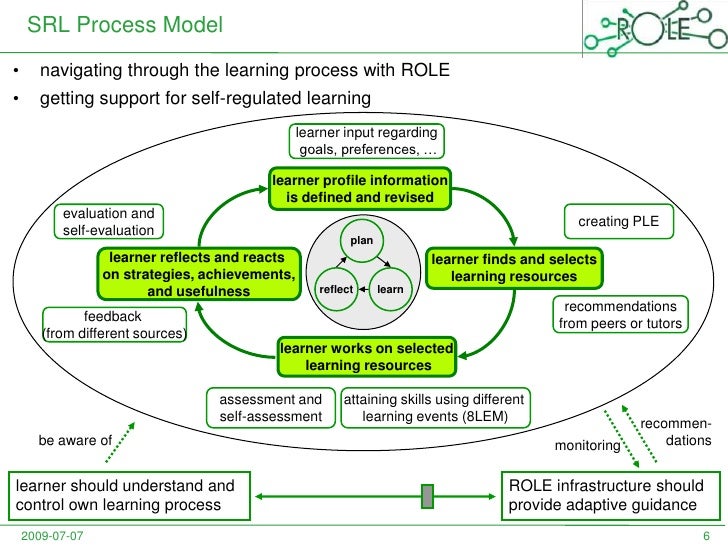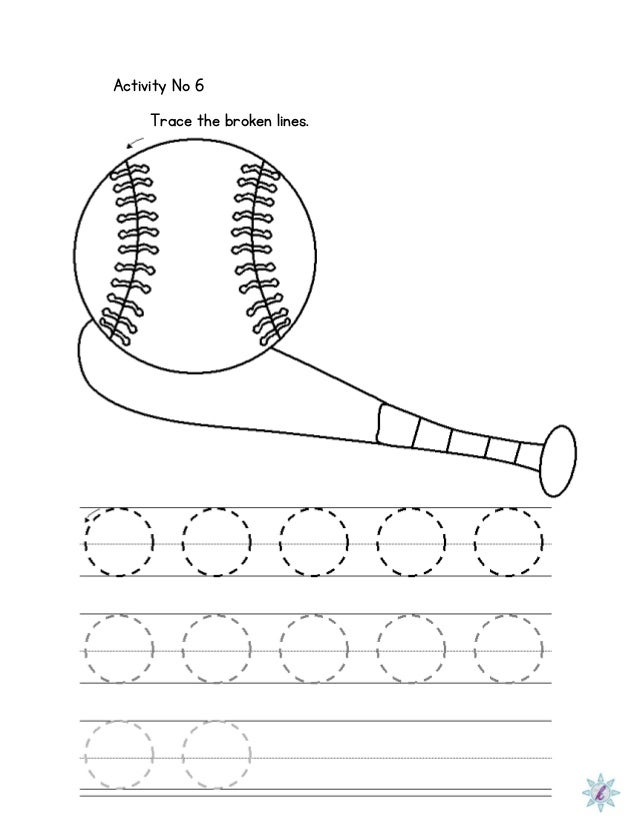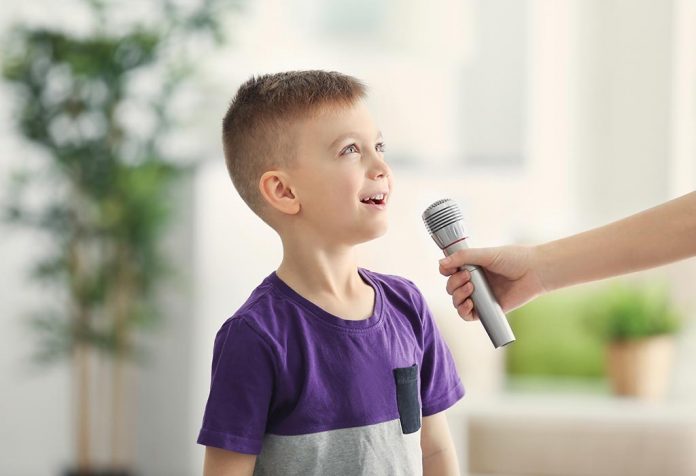Treatment of Learning Disorders and Difficulties
Disorders and difficulties video
Learning disabilities are made up of a wide range of disorders or limitations due to brain injury. They are of psychological type, which make difficult the intellectual performance and the capacity to acquire new knowledge. This is reflected in the inability to read, listen, write, think, speak and solve mathematical calculations.
According to Pérez (2005) " The learning difficulties when having a spinal injury, alters the psycho-neurological processes that alter the accuracy of language and therefore, communication is not very accurate. For this reason, the principles that support this problem are: the preventive, multidisciplinary, epidemiological and personological. These, are immersed in two models: clinical and educational.
Clinical model
The clinical model starts from the human divided into three dimensions: biological, psychological and social. These are combine the postulates of cognitive and humanist theories with a care approach. (Pérez, 2005, p.17). The clinical model seeks to diagnose the problems of the patients by means of the application of digital tests to show the alterations in the psychoneurological and perceptive-motor part that are in charge of the development of the language and its academic performance: reading and writing. Both, net abilities and brain ability are studied directly by the clinic professionals.
According to Gattnar, Ekinci & Detschew (2011) the clinical model structure follow some phases:
![PDF] Clinical Process Modeling and Performance Measurement in Hospitals | Semantic Scholar](https://d3i71xaburhd42.cloudfront.net/0c09825008bc74b43f7f8c077dd418fc65c9bf63/6-Figure4-1.png)
Psycho-pedagogical model
This model focuses on the potential of the subject as it considers him an active being, who develops abilities and skills in the capacity of the student. In addition, it shows the difficulties he has to learn. According to Pinto & Castro(2009), "pedagogical models allows the educational institution to apply the model that it consider the best. Based on foundations that support the model and consider it necessary to apply.
According to Nussbaumer, (2010) en psycho-pedagogical approach, the components of the pedagogical process to be followed within the classroom are:

Treatment of Learning Disorders and Difficulties
Treatment of learning difficulties and disorders are treatable. This is carried out between parents, teachers and mental health professionals who provide the strategies for their respective treatment that is individual but can be carried out in a group setting within an appropriate place for the treatment of the child, youth or adult.
Dyslexia
Dyslexia is a specific stable and partial disorder of the reading process, which manifests in the difficulty to differentiate graphic symbols from language in itself. For this learning problem, it is recommended to use very colorful figurative didactic materials. This will allow the child or youngster to identify the different forms that are immersed in the worksheet.
For example:

Braun, 2018. figure 1.
Dysgraphy
It is the disorder that the child or young person suffers to write since it presents/displays difficulty to take hold of the instruments such as: pencil, pen or any tool that serves to write. In addition, the child cannot write in a straight line because his or her pulse is not stable and it is difficult to write. For the treatment of this learning, a working material has been developed, allowing the child to work properly.
For example:

Alvaro, 2015. Activity 6.
Dyscalculia
It is the disorder characterized by difficulty in understanding arithmetic. It is composed of the inability to read, write and understand the numbers present in any magazine, book, notebook that contains it. The child cannot solve them because he lacks this ability. In addition to this, the child just not presents problems in the academic environment, also in his daily life because he does not memorize street numbers or even a telephone number. For the development or improvement of this disorder, it is recommended to use worksheets that allow children who suffer from it to learn.
For example:

Hathcock. Dyscalculia. Image 2.
Non-verbal learning
Non-verbal language disorder is characterized by the absence of body expression in the child or young person who has a neutral voice tone where communication anything is unable through his or her body. While the child grows up, he or she has some problems to interacte with other individuals, difficulty adapting to changes. In some cases, he tries to communicate something important, they become nervous using an inappropriate social context.
As a treatment for this disorder, it is recommended that students and teachers interact in a direct way, making use of the tools that the environment offers such as: microphones, public places, and above all, moral support from the child or young person, open up to others and use their body to communicate with others.
Arora (2018) Communication Skills for Kids, importance and Activities to improve.

Oral/Written language
This disorder represents the fusion of written with the verbal language. In the written language disorder, we can find the difficulties present by child while he is trying to reading and writing. In the oral language, we find the difficulty that the child or youngster has to speak and express himself freely. For the treatment of this disorder, the teacher and the parent make use of didactic material that allows the student to develop oral and written language in a normal and fun way.

Brown. (2019). Worksheet 2.

Brown. (2015). Exercise 1.
To conclude, Specific treatment for learning disorders will be determined by the coordinated effort of your child's physician and educational and mental health professionals based on:
1. Child's age, overall health, and medical history.
2. Extent of the disorder
3. Type of disorder
4. Child's tolerance for specific medications or therapies
5. Expectations of the course of the disorder
Learning disorders are treatable, they just need the collaboration of parents, teachers and doctors to help the child or young person overcome them.


Comments
Post a Comment